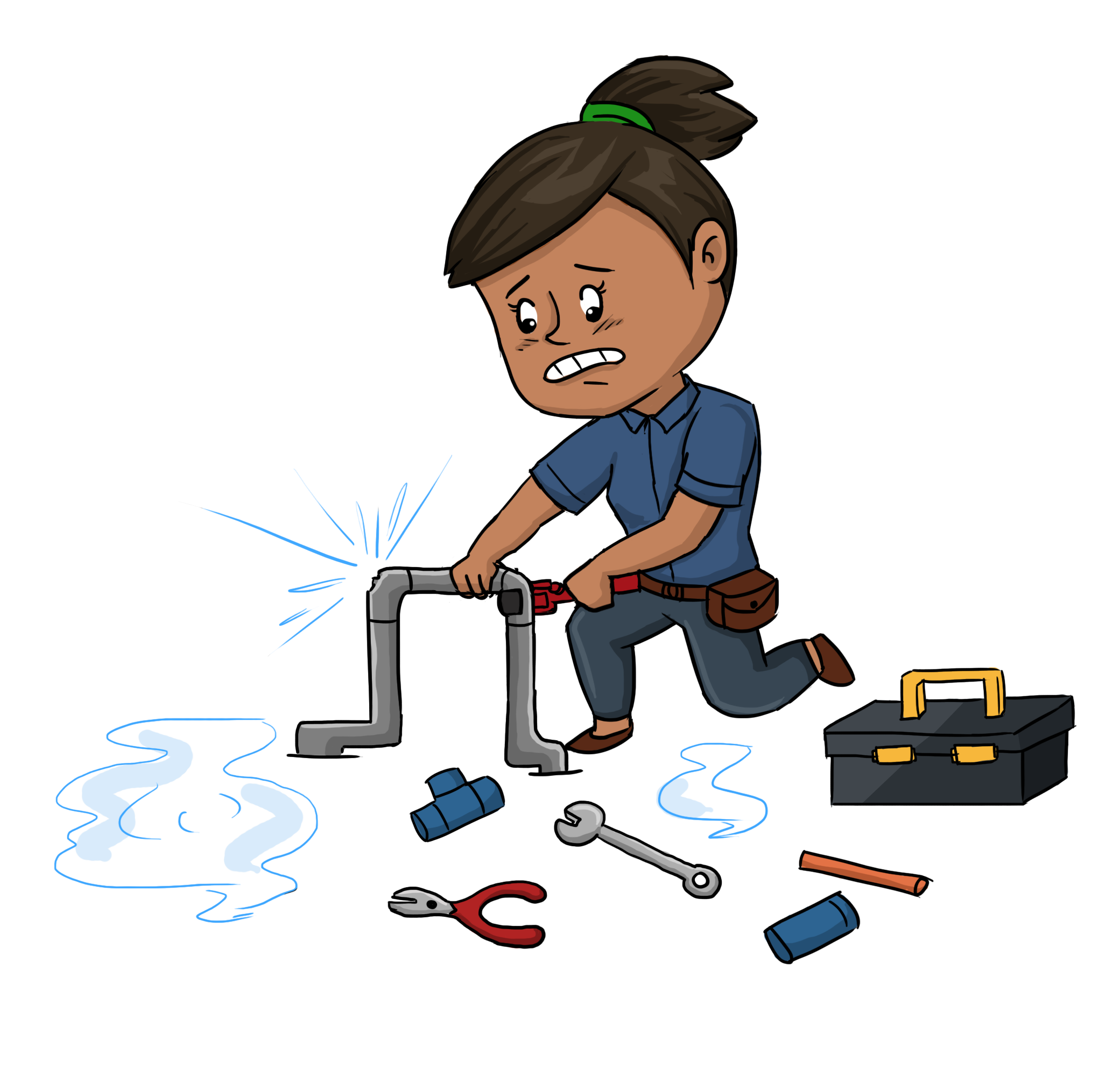
Debugging
If you’ve historically used R interactively, you may find it difficult to define functions that get executed at once without your input as Plumber requires. There are a couple of debugging techniques to be aware of when working on your Plumber APIs; these techniques are equally transferable to debugging your R scripts, packages, or reports.
Print Debugging
Most programmers first approach debugging by adding print statements to their code in order to inspect the state at some point. In R, print() or cat() can be used to print out some state. For instance, cat("i is currently: ", i) could be inserted in your code to help you ensure that the variable i is what it should be at that point in your code.
This approach is equally viable with Plumber. However, plumber comes with a dedicated logging infrastructure which can be leveraged for this as well. In your handler you can use server$log() to log messages for specific events. And if you use a logger backend like logger, you can set the log level allowing you to filter messages that are shown. Using warning() and message() automatically ends up in your log as well so these are also valid logging calls.
Router Stage Debugging
Similar to print debugging, we can output what plumber knows at various stages of the processing pipeline using event handlers. We could e.g. add logging calls to before-request and after-request that logs what comes in and what is send out.
For example, we can add these lines to our route file:
#* @plumber
function(api) {
api |>
api_on("before-request", function(request, ...) {
cli::cli_inform(request$as_message())
}) |>
api_on("after-request", function(response, ...) {
cli::cli_inform(response$as_message())
})
}If we were to execute a GET request on /stage_debug
#* @get /stage_debug
function() {
return(42)
}we would expect to see output like:
GET /stage_debug HTTP/1.1
Host: localhost:8080
Cookie: fiery_id=e6a4290e84ddd3eb5c429275b24423c87fb8c9ffaee230008a1ae8863cb72760
<No Body>
HTTP/1.1 200 OK
Vary: Accept
Date: Fri, 21 Mar 2025 08:48:09 GMT
Content-Length: 4
Content-Type: application/json
[42]This output shows that the route /stage_debug calculated the value 42 and that the value was serialized using json. We should expect to see that the received response has a status of 200 and the body containing JSON matching [42].
Interactive Debugging
Print debugging is an obvious starting point, but most developers eventually wish for something more powerful. In R, this capacity is built in to the browser() function. If you’re unfamiliar, browser() pauses the execution of some function and gives you an interactive session in which you can inspect the current value of internal variables or even proceed through your function one statement at a time.
You can leverage browser() when developing your APIs locally by adding a browser() call in one of more of your handlers. This offers a powerful technique to use when you want to inspect multiple different variables or interact with the current state of things inside of your function. This is also a good way to get your hands dirty with Plumber and get better acquainted with how things behave at a low level. Consider the following API endpoint:
If you run this API locally and then visit the API in a web browser, you’ll see your R session switch into debug mode when the request arrives, allowing you to look at the objects contained inside your req and res objects.
While this usually works, the R session can become confused by entering debugging mode while running the server. Because of this it often better to mock the request. You can create a mocked request object using fiery::fake_request() which you can populate with a path, method, headers, and body content. You can then take this object and send it through your API using the test_request() method in your Plumber API object:
pa <- api("plumber.R")
req <- fiery::fake_request("http://localhost:8080/path/to/handler")
res <- pa$test_request(req)Be aware that the req and res objects above will not be those you are familiar with from the handlers, but rather the formats that plumber needs to use to interact with httpuv.
Port Range
You can use [httpuv::randomPort()] to define a range of port for Plumber to pick from when running an API.
# plumber.R
options("plumber2.port" = httpuv::randomPort(min = 4000, max = 7000, n = 100))
### define the rest of your plumber router...or more programmatically
api(port = httpuv::randomPort(min = 4000, max = 7000, n = 100)) |>
api_run()